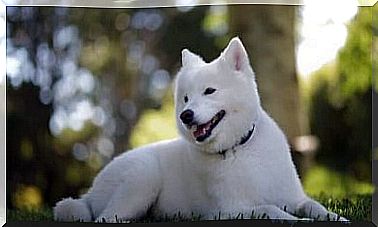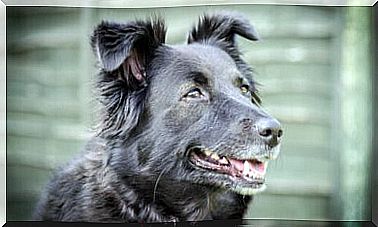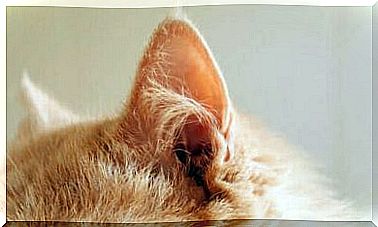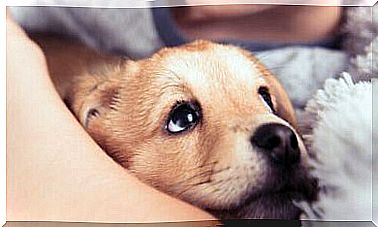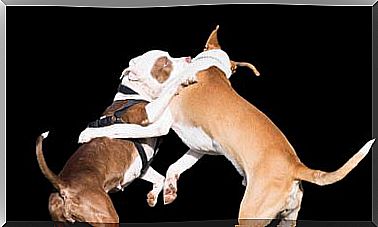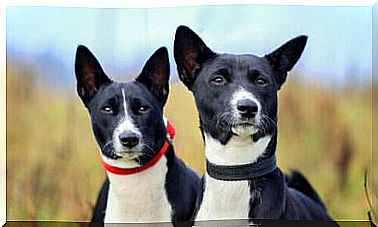Southern Russian Shepherd: Cattle Guardian
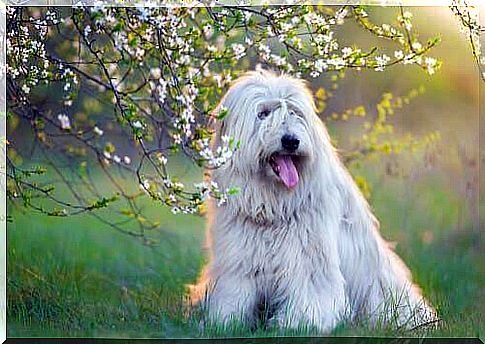
The Southern Russian Shepherd is a large, stoutly built dog, also known as the Ukrainian Shepherd. However, despite all the names it receives, it comes from southern Russia.
General appearance of the southern Russian shepherd
This dog is characterized by being robust and lean, but with highly developed musculature and solid bones. Males differ from females in being more corpulent and robust.
Its head is elongated, with a broad forehead and a short, short muzzle. Its triangular ears are small and separate. It may display different colored eyes, which normally show a light tint.
Although the Ukrainian shepherd is characterized by having thick and abundant fur, its length is uniform on the head, tail and rest of the body. The coat color is usually white or with different shades of gray, sometimes it can be white with gray patches.
Easily adapts to different weather and temperature conditions. In addition, its fur allows it to deal with the prevailing cold in its region.
In terms of weight and height, the southern Russian shepherd is considered a large breed dog. Its weight ranges from 48 to 50 kilos, while the minimum height in males is 65 centimeters and in females 62 centimeters.
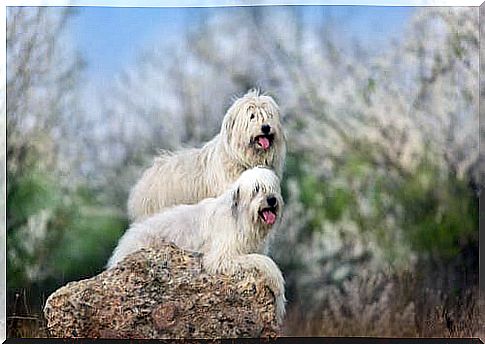
Origin of the South Russian Shepherd
The origin of the southern Russian sheepdog is difficult to determine. There are different variants regarding the origin of this breed. One of them is believed to be descended from dogs bred by pre-Slavs.
It is believed that the Pre-Slavs had prehistoric bearded dogs as shepherds and protectors. These prehistoric bearded dogs – or broudasti in Russian – were described as “killer shepherds” or “Russian killers” by Russian musician L. Sabaneev. This breed was created by Russian nobles and fully developed in 1790.
European and Slavic sheepdogs are descended from the same ancestors and are similar. This is because several sheepdogs, with their long, furry coat, were exported to Europe. One record highlights the arrival of these dogs – along with merino sheep – in Spain in 1797.
Another theory believes that Australian shepherds were too small to protect and guide sheep and also to face wolves and other predators. Therefore, they would have been bred with other sheepdogs and the hare.
Then, only the greatest descendants, the most aggressive and the most resistant would have been chosen. What is known is that a direct ancestor of the southern Russian shepherd is the wolf.
Temperament
The southern Russian shepherd is characterized by having an impetuous, energetic, aggressive and even suspicious temperament . As a consequence of its character, it is not an easy pet. It is recommended to be an experienced caregiver to control this animal.
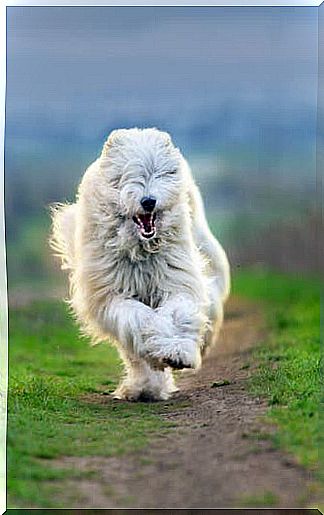
Due to its aggressive character and large size, it perfectly fulfills the role of protector against wolves and other predators. He also behaves like a protective dog for the house and its residents. However, due to its aggressive nature, it was not very popular outside Russia.
Curiosities about the southern Russian shepherd
The southern Russian shepherd belongs to a group of dogs that need a lot of exercise. They have a lot of energy and need to participate in activities that keep them active, such as shepherding.
His main role was to work as a shepherd: he acted as a guard dog and protector of flocks. Although its origin is unknown, it is closely related to the wolf.
The breed almost disappeared in 1917, the same year that the Russian Revolution took place. In 1930, breeders and enthusiasts made an effort to recover this breed and turned to the Hungarian komondor breed. So they created the committee for the recovery of the southern Russian shepherd race.
Today, the southern Russian shepherd is little known. It hardly appears in dog shows and it seems that it is not seen as a pet either. For all these reasons, the southern Russian shepherd finds himself in restricted areas. In addition, he is also part of the ‘Troika’, a well-known trio of Russian sheepdogs.
